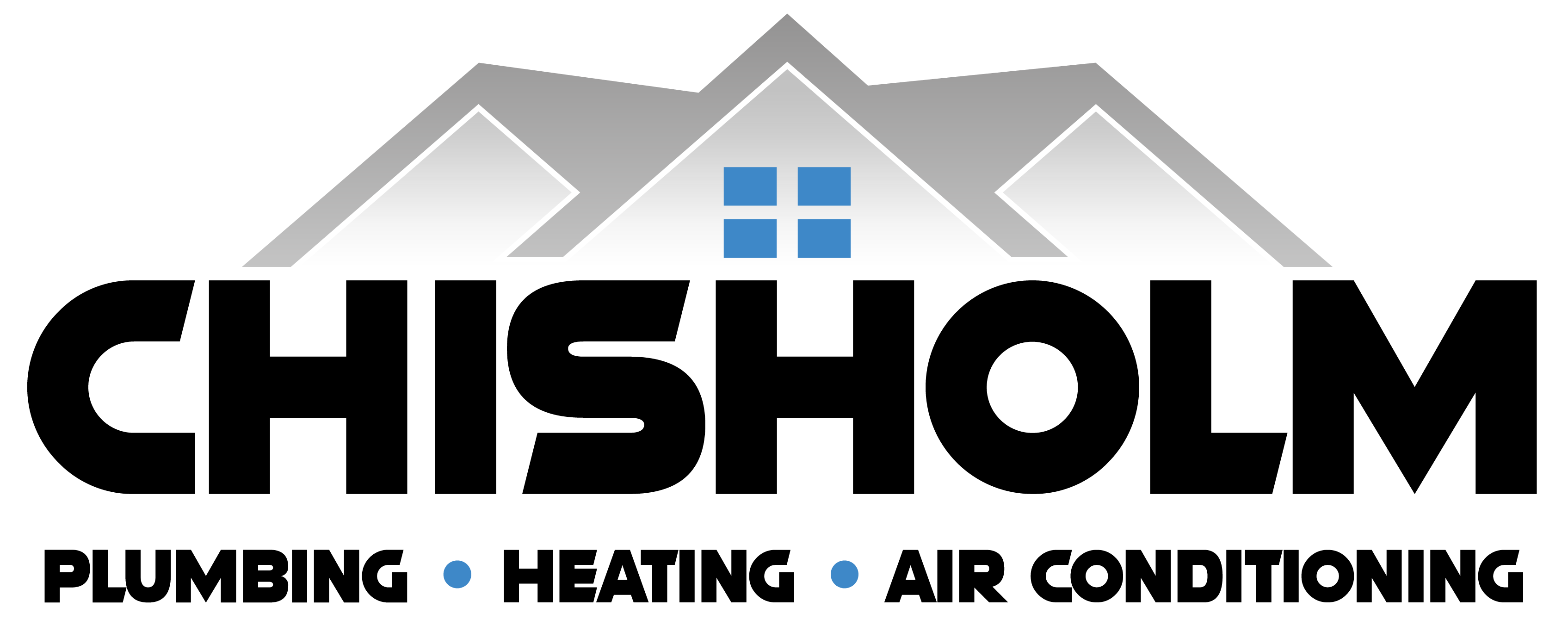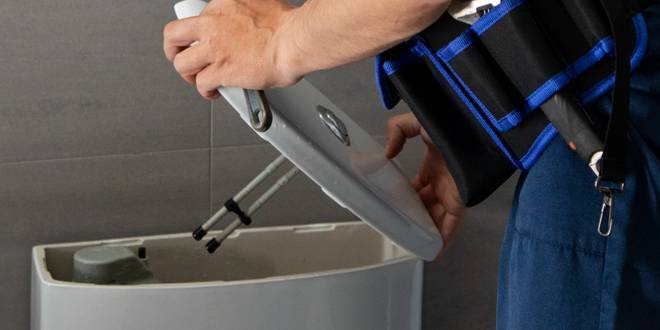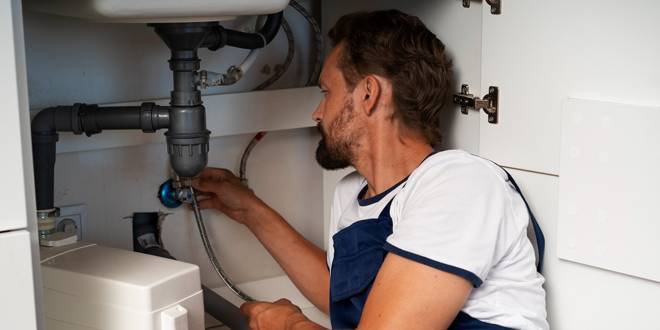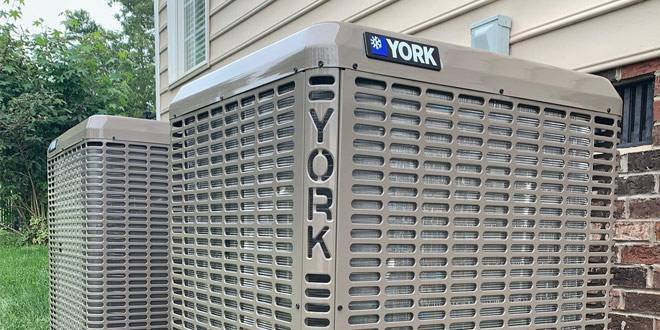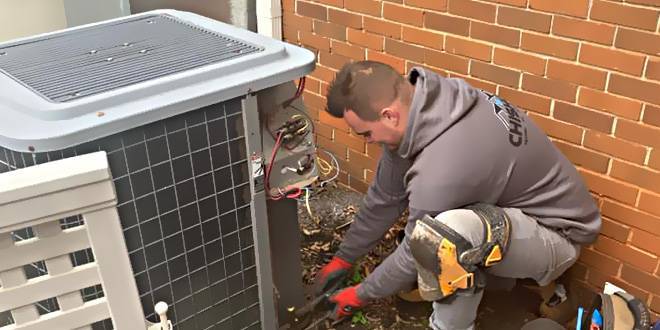As the cold winter months approach Greenville, many homeowners face the challenge of ensuring their heating systems are ready to keep their homes warm. If your furnace is showing signs of wear and tear, you might be wondering whether it’s better to repair it or invest in a replacement. This decision can affect your home’s comfort, safety, and energy costs. In this blog, we’ll help you evaluate when it’s time to repair your furnace and when a replacement might be the smarter option.
Table of Contents
| Section | Overview |
| Signs Your Furnace Needs Attention | Identifies key warning signs indicating your furnace may need repair or replacement. |
| When to Repair Your Furnace | Outlines situations where a repair is the most cost-effective solution. |
| When to Replace Your Furnace | Details when replacing your furnace is the best long-term option for your home. |
| Repair vs. Replacement Data: Costs and Benefits | Presents a cost comparison between repairing and replacing a furnace, showing the long-term financial impact. |
| Fun Facts About Furnaces | Provides interesting facts about the history and efficiency of furnaces. |
| FAQ: Common Questions About Furnace Repairs and Replacements | Answers common questions Greenville homeowners have about furnace maintenance and upgrades. |
| How Chisholm Can Help With Your Heating Needs | Information on Chisholm’s furnace repair and replacement services, and how they can assist you. |
Glossary of Terms
- AFUE (Annual Fuel Utilization Efficiency): A measure of a furnace’s efficiency, indicating how much energy is converted to heat.
- Heat Exchanger: The component in a furnace that transfers heat from the combustion process to the air.
- Blower Motor: A part of the furnace that pushes heated air through the home’s ductwork.
- Pilot Light: A small flame that ignites the gas burners in older furnaces; many modern furnaces use electronic ignition instead.
- Thermostat: A device that controls the heating system by regulating temperature settings in the home.
Signs Your Furnace Needs Attention
Before deciding whether to repair or replace your furnace, it’s important to recognize the warning signs that something is wrong. If you notice any of the following issues, your furnace may need professional attention:
- Inconsistent Heating
If some rooms are too hot while others are too cold, it’s a sign that your furnace isn’t distributing heat evenly. This could indicate a problem with the blower motor, ductwork, or thermostat. - Rising Energy Bills
An unexplained increase in your energy bills during the winter could mean your furnace is working harder than necessary due to inefficiency or a malfunction. - Strange Noises
Banging, rattling, or squealing noises coming from your furnace are never a good sign. These could indicate loose or damaged parts, or even a failing heat exchanger. - Frequent Repairs
If you’ve had to call for repairs multiple times in the last few years, your furnace is likely on its last legs. Frequent breakdowns are a clear indication that a replacement may be more cost-effective in the long run. - Old Age
Most furnaces last between 15 and 20 years. If your furnace is approaching or has passed this milestone, it may be time to start considering a replacement, especially if it’s experiencing other issues.
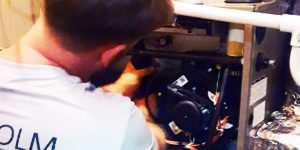
When to Repair Your Furnace
Not every issue means you need to replace your furnace. In many cases, a simple repair can extend the life of your system for several more years. Here are some scenarios where repairing your furnace is the best option:
- Minor Issues in a Relatively New System
If your furnace is less than 10 years old and only needs minor repairs, such as a thermostat adjustment or a blower motor replacement, repairing it is likely the most cost-effective choice. - Warranty Coverage
If your furnace is still under warranty, repairs may be covered either partially or fully, making it financially smart to fix rather than replace the unit. - Good Overall Efficiency
If your furnace is still maintaining a decent efficiency level (above 80% AFUE), repairing the unit might make sense, especially if it’s been reliable otherwise. - Single Component Failure
If a single part, like the thermostat or the pilot light, is malfunctioning, a repair is often a straightforward fix that will restore your furnace to proper working condition without needing a full replacement.
To ensure your furnace is repaired correctly and efficiently, consider Chisholm’s furnace repair services. Our experienced technicians can handle all types of repairs, from minor issues to more complex fixes.
When to Replace Your Furnace
There are times when it’s better to stop repairing your furnace and instead invest in a replacement. Here’s when a replacement might be the best decision for your home:
- The Furnace Is Over 15 Years Old
If your furnace is nearing or surpassing the 15-20 year mark, it’s likely reaching the end of its useful life. Even if it’s still working, the efficiency of older systems is often much lower than modern models, meaning you’re spending more on energy bills than you need to. - Major Component Failure
When major components like the heat exchanger or blower motor fail, the cost of repairs can be so high that replacing the entire system is more cost-effective. This is especially true if the furnace is already older. - Frequent and Costly Repairs
If you’ve spent a lot on repairs in recent years, replacing the furnace may save you money in the long run. As parts wear out, older furnaces require increasingly frequent service, and those costs can add up quickly. - Poor Efficiency
If your furnace has an AFUE rating of less than 80%, replacing it with a more energy-efficient model can significantly lower your heating costs. Modern furnaces can achieve efficiency ratings as high as 98%, translating to major energy savings. - Safety Concerns
If your furnace has developed issues that could lead to dangerous situations—such as a cracked heat exchanger that could leak carbon monoxide—replacement is the safest option.
When it’s time to replace your furnace, Chisholm’s furnace installation services can help you choose and install a high-efficiency model that meets your home’s heating needs.

Repair vs. Replacement Data: Costs and Benefits
| Factor | Repair | Replacement |
| Upfront Cost | $150–$1,000 (depending on the repair) | $3,000–$7,000 (depending on the unit) |
| Lifespan Extension | 2–5 years | 15–20 years |
| Energy Efficiency | No improvement | Significant improvement (up to 98% AFUE) |
| Operational Reliability | May still experience frequent breakdowns | Reliable operation with fewer issues |
| Annual Energy Savings | Little to none | Up to 30% savings on energy bills |
| Long-Term Cost Savings | Short-term savings, but may lead to higher long-term costs due to frequent repairs. | Higher upfront cost but long-term savings on repairs and energy. |
As this table shows, while repairs may save money upfront, replacing an aging, inefficient furnace can lead to long-term savings in both energy costs and repair expenses.
Fun Facts About Furnaces
- Ancient History: The earliest known furnaces date back to the Roman Empire, where heated floors were created using a system called “hypocausts.”
- Efficiency Evolution: Modern furnaces have come a long way from their predecessors. While older models had efficiency ratings as low as 50%, today’s high-efficiency furnaces can achieve up to 98% AFUE.
- Dual Fuel Capability: Some modern heating systems use both a furnace and a heat pump, switching between the two depending on the outside temperature, which maximizes efficiency.
- Energy Savers: Furnaces with variable-speed motors use less energy by running at lower speeds when full power isn’t needed, offering both comfort and cost savings.
- Smart Tech Integration: Many new furnaces can integrate with smart home systems, allowing homeowners to control their heating remotely through smartphones or smart thermostats.
FAQ: Common Questions About Furnace Repairs and Replacements
- How do I know if my furnace needs repair or replacement?
If your furnace is over 15 years old, requires frequent repairs, or has become inefficient, it might be time for a replacement. A professional inspection can help you decide. - Is it worth repairing an old furnace?
If the repair cost is less than 50% of the replacement cost and the furnace is still relatively efficient, repairing it may make sense. However, frequent repairs suggest a replacement is more cost-effective. - How long does a furnace typically last?
A well-maintained furnace can last 15–20 years. After this time, it may become less efficient and more prone to breakdowns. - Will replacing my furnace improve my home’s energy efficiency?
Yes! New furnaces have higher AFUE ratings, meaning they convert more fuel into heat, significantly lowering your energy bills. - What is the most important maintenance task to extend my furnace’s life?
Regularly changing the air filters is one of the easiest and most important tasks to keep your furnace running efficiently and prevent unnecessary wear and tear.
How Chisholm Can Help With Your Heating Needs
At Chisholm Plumbing, Heating & Air Conditioning, we understand how important it is to keep your home warm and safe during the winter months. Whether you need to repair your furnace or replace it with a more energy-efficient model, our team is here to help. We offer professional furnace repair services and full installation of new heating systems.
If you’re unsure whether to repair or replace your furnace, contact us today. We’ll evaluate your system, provide expert advice, and help you make the best decision for your home’s heating needs.
